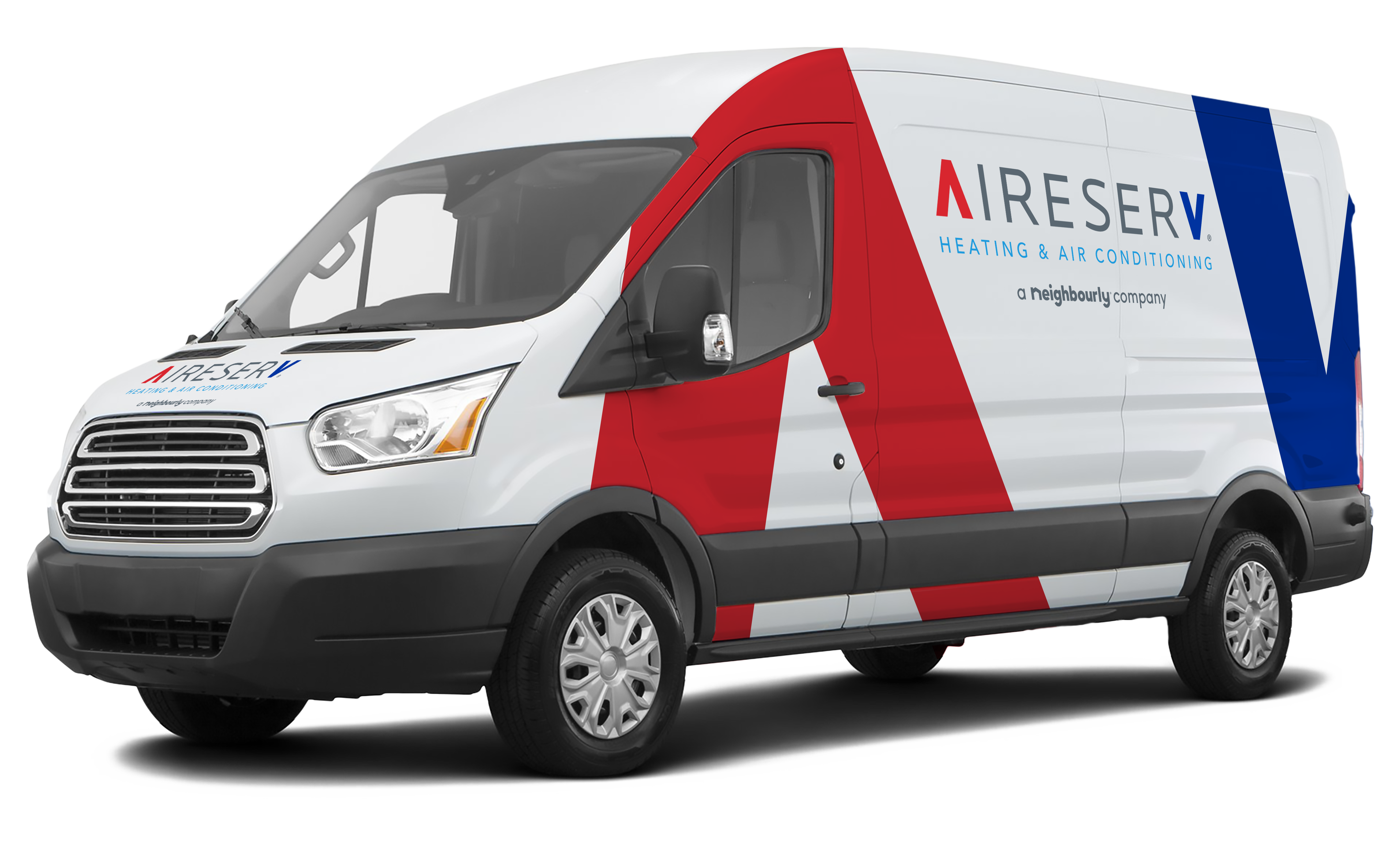You spend a majority of your time indoors, but that doesn’t mean outdoor air has no effect on indoor air quality. Learn how where you live affects the air you breathe inside your home.
How Outdoor Air Affects Indoor Air Quality
When you enter your home, you may imagine you’re stepping into a haven free from the pollen, ragweed and vehicle exhaust that pollute outdoor air. The truth is outdoor air affects the air you breathe inside because the two environments are not completely separate, despite how it may seem. Here’s why:
- Air leaks: Because of gaps in building materials and penetrations through the ceiling and walls, every home leaks at least a little bit. In fact, because of the moisture and pollutants produced within the walls of your home, some air exchange is necessary for good indoor air quality.
- Open windows: When the weather cooperates, it’s nice to open the window for a breeze. Unfortunately, what may be intended as a breath of fresh air could let sneeze-inducing allergens into your home.
- Hair and clothing: When you spend time outside, pollen, grass and other allergens stick to your hair, shoes and clothes. You track these inside when you get home. To help lessen the effect of this, remove your shoes at the door. Consider showering or at least changing your clothes as well, especially after doing yard work.
Allergy Risks by Region
If you have seasonal allergies, you might be sensitive to trees, grass, weeds or other allergens. Your allergy symptoms in certain regions depend on these sensitivities. Consider the risks that exist in different areas:
- South: The temperate climate, long growing season and high humidity of the south makes it one of the worst regions to live if you have outdoor allergies.
- Midwest: Known for its ragweed pollen, allergy-triggering trees and high humidity, the Midwest tends to be a bad place for outdoor allergy sufferers, too. Tree allergy season in the spring, grass season in the summer and ragweed season in the fall means you could be sneezing nine months out of the year.
- Northeast: Coastal breezes help to shake off some of the effects of trees, grasses and pollen, but allergy sufferers may still see some of their symptoms emerge while living here.
- West: The western coast of the US is mostly a problem for people with tree allergies. Other western states sport grass and weed pollination seasons, but the dry climate makes these allergens less irritating.
Pollution Risks by City
Outdoor air polluted by sulfur dioxide, carbon monoxide, nitrogen dioxide and high ozone levels are a different story. These pollutants don’t just cause hay fever; they can actually lead to serious and lasting health problems.
As you might imagine, urban areas have higher concentrations of these outdoor pollutants than rural areas. More cars and industry alongside fewer trees make big cities dangerous places to live for people with chronic respiratory diseases. Still, some cities are more polluted than others.
According to the EPA Air Quality Report for 2015, the top 10 metro areas with the cleanest air include:
- Honolulu, HI
- Palm Bay, FL
- Daytona Beach, FL
- Cape Coral, FL
- Durham, NC
- Orlando, FL
- Wichita, KS
- Colorado Springs, CO
- Lakeland, FL
- Boise, ID
The top 10 cities with the most polluted air include:
- Riverside, CA
- Los Angeles, CA
- Phoenix, AZ
- Chicago, IL
- Bakersfield, CA
- New York, NY
- Pittsburgh, PA
- Cleveland, OH
- Philadelphia, PA
- Kansas City, MO
For more information about improving indoor air quality despite outdoor allergens and pollution, please contact Aire Serv® today.

